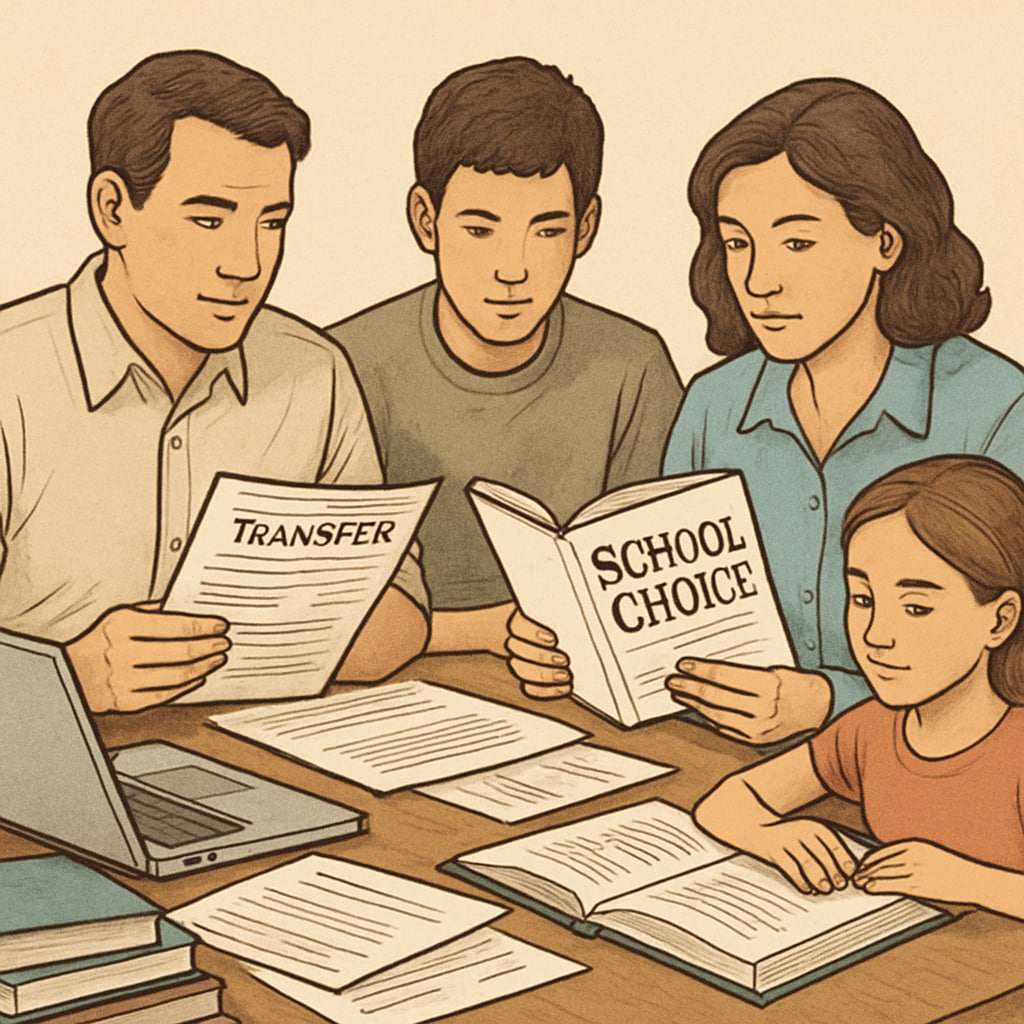Education equity is a cornerstone of modern society, yet challenges persist when families encounter resistance navigating issues like school choice, inter-district communication, and discrimination. Improper communication between school districts can create barriers for families seeking to transfer their children to better educational environments, particularly when discrimination is involved. This article explores these challenges and advocates for more transparent, student-first transfer systems to ensure every child has access to a fair education.
Understanding the Impact of Inter-District Communication Failures
When families seek to transfer students from one district to another, the process should ideally be straightforward and focused on the child’s well-being. However, in many cases, informal or improper communication between school administrators introduces unnecessary hurdles. These “unspoken rules” often manifest as delays, denials, or vague requirements that confuse or deter families. For students facing discrimination in their current schools, such barriers can delay access to safer and more supportive learning environments.
For example, parents may encounter resistance in the form of withheld information about transfer policies or unexpected restrictions on eligibility. This lack of transparency disproportionately affects families with fewer resources or less familiarity with school system protocols, exacerbating educational inequities.

How Discrimination Compounds the Problem
Discrimination in schools can take many forms—racial bias, bullying, or neglect of students with disabilities, to name a few. For families seeking to escape such environments, inter-district transfers often represent a lifeline. Yet, systemic issues within the education system can make these transfers incredibly difficult. Improper communication between districts can perpetuate the very injustices families are trying to escape.
When districts fail to collaborate effectively, it can lead to situations where students are stuck in harmful environments. For instance, district representatives might prioritize their own enrollment numbers over the needs of individual students. This practice not only undermines education equity but also violates the fundamental principle that schools exist to serve students.
Proposed Solutions for Transparent and Fair Transfers
To address these challenges, policymakers and educators must focus on creating transparent and student-centered inter-district transfer systems. Here are a few recommendations:
- Standardized Processes: Nationwide or state-level guidelines for inter-district transfers can reduce inconsistencies and ensure all families have equal access to information.
- Increased Accountability: School districts should be held accountable for unjustified delays or refusals to facilitate transfers, particularly in cases involving discrimination.
- Family Advocacy Resources: Establishing offices or hotlines to guide families through the transfer process can help level the playing field for those unfamiliar with the system.
These measures not only simplify the transfer process but also send a strong message that student welfare takes precedence over bureaucratic interests.

Conclusion: Putting Students First
The right to education is fundamental, yet improper inter-district communication and resistance to transfers undermine its accessibility for many families. By addressing these issues and advocating for more transparent, student-focused systems, schools can better serve their communities and uphold the principles of equity and fairness. Policymakers, educators, and families must work together to eliminate these barriers and ensure every child has access to a safe and supportive learning environment.
It is time to break these barriers and prioritize the needs of students over administrative convenience. Only then can we truly achieve the promise of education equity.
Readability guidance: Short paragraphs and bullet points summarize key ideas; transitions like “however,” “for example,” and “in addition” improve flow; passive voice and long sentences are minimized for clarity.


